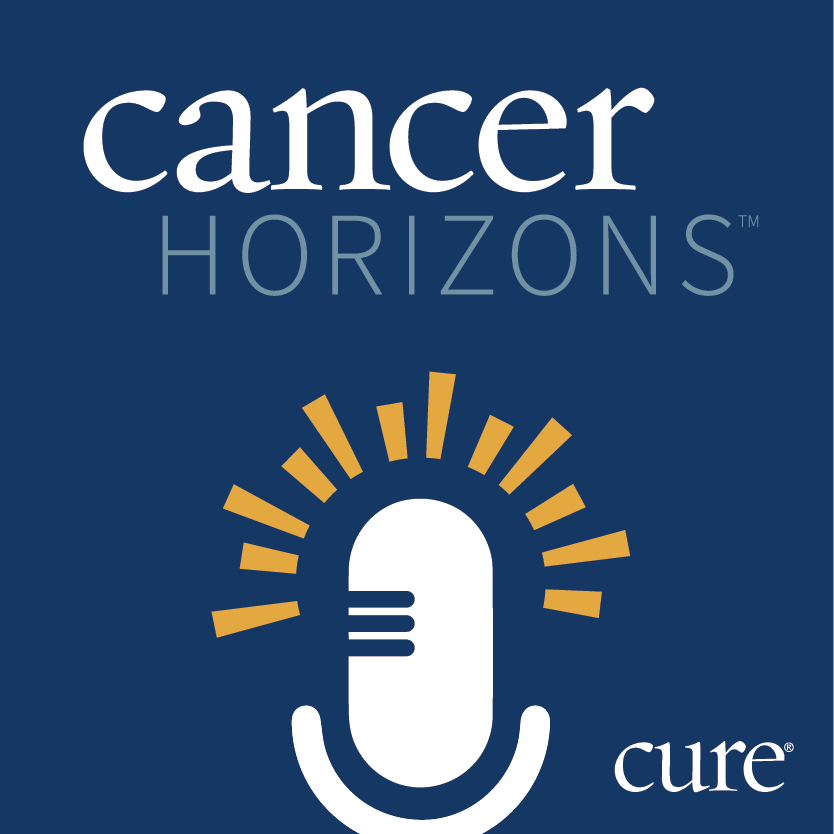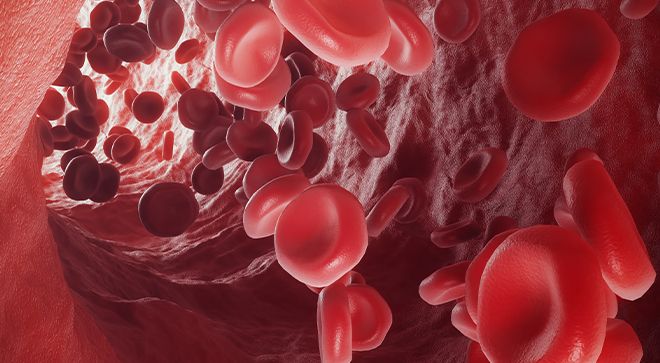For adults with relapsed or refractory multiple myeloma who have received at least four prior lines of therapy or those who received three prior lines of therapy and are refractory to the last line of therapy, the Food and Drug Administration (FDA) has accepted for review the resubmission of the biologics license application (BLA) for linvoseltamab, Regeneron Pharmaceuticals, Inc. has announced.
According to the FDA’s website, a BLA is a request for permission to introduce, or deliver for introduction, a biologic product into interstate commerce.
The target date for FDA decision is July 10, 2025. This review is supported by study data from the LINKER-MM1 trial that investigated linvoseltamab in patients with relapsed or refractory multiple myeloma.
According to the news release, acceptance of the BLA resubmission follows the resolution of third-party manufacturer issues in the final stages of production. Of note, linvoseltamab has not been approved by any regulatory authority, and is an investigational drug.
Glossary:
Objective response rate: the percentage of patients with tumor size reduction.
Duration of response: the length of time a response to treatment lasts.
Progression-free survival: the time a patient lives without disease worsening.
Overall survival: the time from treatment start to death from any cause.
Rate of minimum residual disease negative status: the percentage of patients with no detectable cancer cells post-treatment.
A total of 282 patients were enrolled in the LINKER-MM1 trial. During the first phase of the trial, patients were assessed for safety, tolerability and dose-limiting toxicities across nine different dose levels of linvoseltamab. The trial also explored different administration regimens.
Linvoseltamab is a bispecific antibody that is designed to bridge B-cell maturation antigen on multiple myeloma cells with CD3-expressing T cells to facilitate T cell activation and cancer cell killing, according to the release.
According to the release, the phase 2 dose expansion portion of the trial is currently underway and assesses the safety and anti-tumor activity of linvoseltamab with the primary end goal of objective response rate. The trial will also include duration of response, progression-free survival, rate of minimum residual disease negative status and overall survival as key secondary end goals.
Patients are eligible for phase 2 if they have received at least three prior lines of therapy or have triple-class refractory multiple myeloma. Linvoseltamab will be administered with an initial step-up dosing regimen, followed by a 200-milligram weekly dose. All patients will transition to biweekly dosing at week 16. A response-adapted regimen allows patients who achieve a very good partial response or better and have completed at least 24 weeks of therapy to shift to dosing every four weeks. The regimen requires two 24-hour hospitalizations for safety monitoring.
Linvoseltamab is being studied in a broad clinical program as both a monotherapy and in combination regimens across multiple myeloma treatment lines, including earlier stages and plasma cell precursor disorders. Trials include the phase 1b LINKER-MM2, assessing its use with other cancer treatments in relapsed or refractory multiple myeloma, and the phase 3 LINKER-MM3, evaluating it as a monotherapy in the same patient population, as per the news release.
According to the news release, multiple myeloma, the second most common blood cancer, is diagnosed in more than 187,000 people worldwide each year, including an estimated 36,000 in the U.S. in 2025, with 12,000 deaths expected. In the U.S., about 8,000 patients have multiple myeloma that has progressed after three lines of therapy, and 4,000 after four or more. The disease occurs when cancerous plasma cells multiply, crowding out healthy blood cells in the bone marrow, infiltrating tissues and causing potentially fatal organ damage. While treatments slow progression, multiple myeloma remains incurable, and most patients eventually require additional therapies.
For more news on cancer updates, research and education, don’t forget to subscribe to CURE®’s newsletters here.




